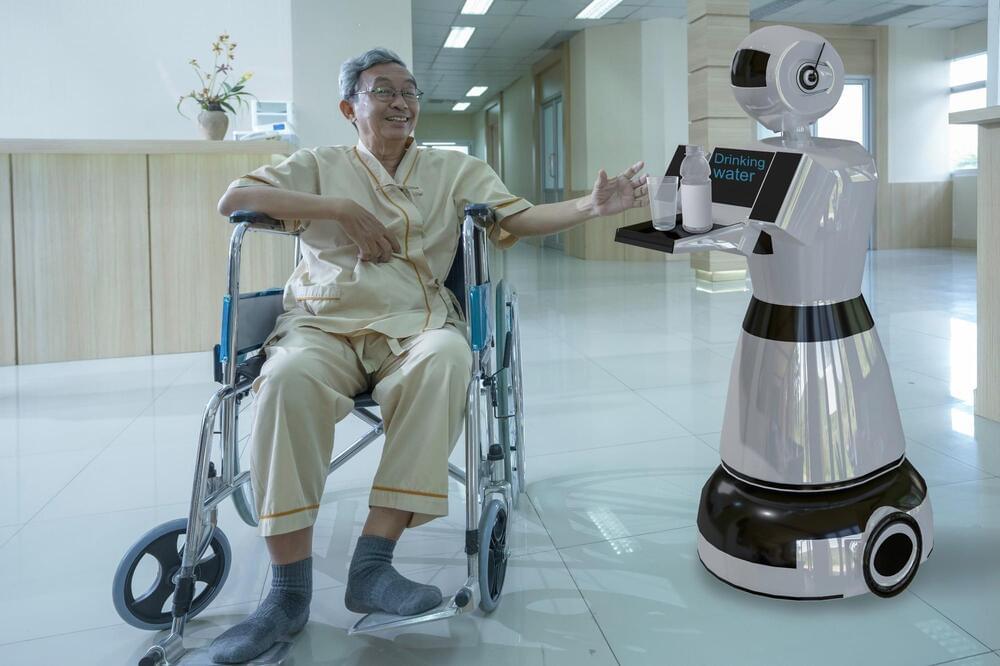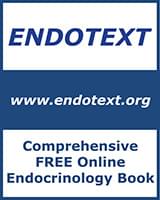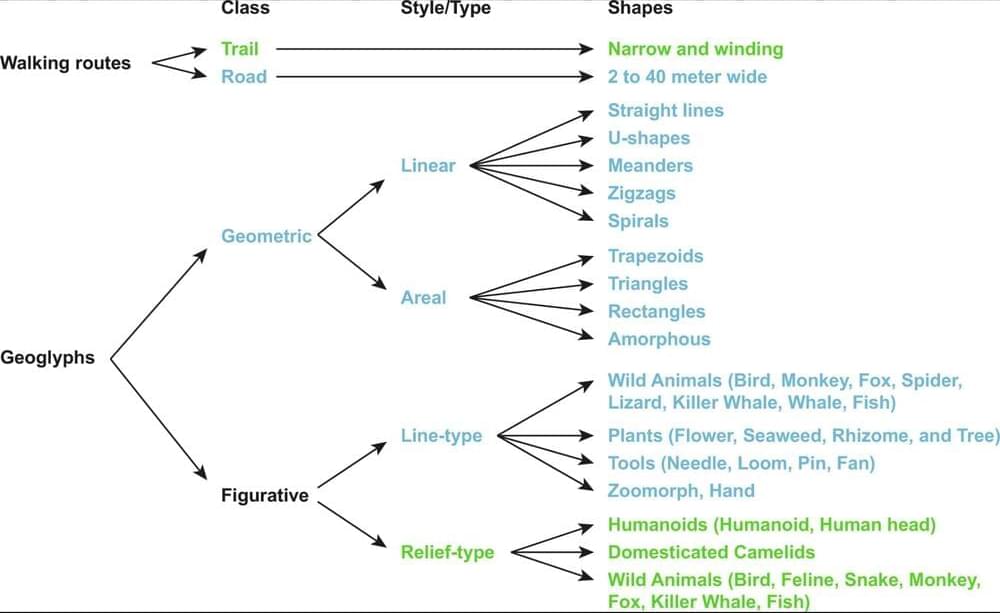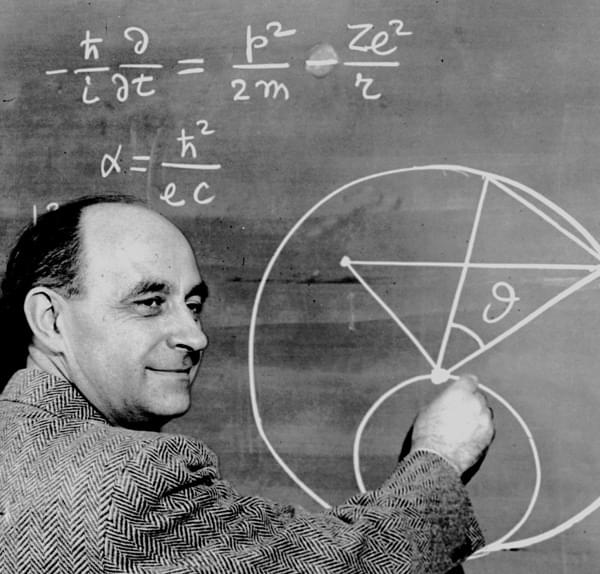Explore the evolving landscape of service robots, including their wide-ranging applications across industries such as healthcare, logistics, hospitality, public safety, and education.


Human Immortality — If you thought Human Immortality was just a concept in science fiction, this episode reveals how it will become science fact. For some scientists featured in this program, achieving Immortality is not a question of ‘If’. The real question is ‘When?’
Human Immortality (2022)
Director: Emma Watts.
Writers: Kyle McCabe, Christopher Webb Young.
Stars: Samantha Brady, Aubrey DeGrey, Leonard Guarente.
Genre: Documentary.
Country: United States.
Language: English.
Release Date: August 31, 2022 (United States)
Synopsis:
If you thought Human Immortality was just a concept in science fiction, this episode reveals how it will become science fact. For some scientists featured in this program, achieving Immortality is not a question of ‘If’. The real question is ‘When?’
One scientist shows how she is making lab-grown organs called ‘ghost hearts’ that not only grow quickly, but that can be accepted in any host’s body without rejection—ending the agony for those waiting for organ transplants. Another biologist is looking at Immortality at the microbiological level. In his lab, he’s identified the ‘longevity gene’ (called SIR2) that can slow the ageing process, and which holds the key that will unlock our ability to better control the rate at which we age. One gerontologist is unearthing the immortal secrets of lobsters, who never stop growing and naturally live up to the astonishing age of 122 years. Inspired by how their bodies regulate cellular division, he’s developing cutting-edge medications that will boost human longevity.
Incredibly, one pioneer is creating a unique medical cocktail that can even reverse ageing. Medical techniques like these could pave the way to Human Immortality.
SUPPORT US!

Summary: New research demonstrates that learning a second language enhances brain connectivity, particularly when started in childhood. Scientists found that bilingual individuals have more efficient communication between brain regions, notably between the cerebellum and left frontal cortex.
The study, which used whole-brain fMRI scans, shows this effect increases the younger a second language is learned, suggesting an early boost to cognitive flexibility and neuroplasticity. This heightened connectivity may improve cognitive performance and resilience to age-related decline. The findings contribute to understanding bilingualism’s broader impact on the brain and could have implications for education and brain health.

Where you people most often get their information regarding cannabis? This is what a recent study published in the Journal of Cannabis Research hopes to address as a team of researchers led by the University of Michigan Medical School investigated the methods by which everyday citizens receive their information regarding cannabis, specifically pertaining to its legality, which comes on the heels of its classification from a Schedule I to Schedule III drug recently being recommended by the Department of Health and Human Services.
For the study, the researchers conducted a survey of 1,161 participants ages 18 and up regarding their cannabis use within the past year, reasons for use, and the sources where they obtain their information regarding cannabis. The participants consisted of 51 percent women and 49 percent men with 27 percent reporting using cannabis within the past year. Regarding their sources of information, 35.6 percent reported it was from family and friends, 33.7 percent reported it was from websites, 9.3 percent from healthcare providers, 8.6 percent from employees where the cannabis was purchased, and 4.7 percent was from government agencies.
The study concludes by saying, “In this nationally representative survey, we show that most people draw information about cannabis from friends and family or online, with very few consulting their healthcare provider or government agencies. As cannabis accessibility and legality is increasing, there is a strong need for better clinician education, public outreach strategies, and improved communication between patients and clinicians about cannabis.”
Researchers say understanding the concept of working memory is crucial. But to make a difference in schools, better training, screening, assessments and curricular design are needed, finds Holly Korbey.


The chapter summarizes the current information available from a variety of scientifically based guidelines and resources on dietary advice for those with diabetes. It is a practical overview for health care practitioners working in diabetes management. The chapter is divided into sections by content and includes sources for further reading. A primary message is that nutrition plans should meet the specific needs of the patient and take into consideration their ability to implement change. Often starting with small achievable changes is best, with larger changes discussed as rapport builds. Referral to medical nutrition therapy (MNT) provided by a Registered Dietitian Nutritionist (RDN) and a diabetes self-management education and support (DSMES) program is highlighted. For complete coverage of all related areas of Endocrinology, please visit our on-line FREE web-text, WWW.ENDOTEXT.ORG.
As President, Jimmy Carter established several science-related initiatives and policies.
Carter also sought to promote scientific research and development in a number of areas. He increased funding for basic science research in fields such as physics and chemistry, and established the National Commission on Excellence in Education to promote improvements in science and math education in American schools.
On top of that, Carter sought to address environmental issues through science policy. He established the Superfund program, which was created to clean up hazardous waste sites, and signed the Alaska National Interest Lands Conservation Act, which protected millions of acres of land in Alaska.
Carter’s science policy emphasized the importance of science and technology in addressing pressing issues such as energy, the environment, and education.

This paper demonstrates how AI accelerates discoveries in archaeology, even in a region as well known as the United Nations Educational, Scientific and Cultural Organization (UNESCO) World Heritage site of Nazca.
It took nearly a century to discover a total of 430 figurative Nazca geoglyphs, which offer significant insights into the ancient cultures at the Nazca Pampa. Here, we report the deployment of an AI system to the entire Nazca region, a UNESCO World Heritage site, leading to the discovery of 303 new figurative geoglyphs within only 6 mo of field survey, nearly doubling the number of known figurative geoglyphs. Even with limited training examples, the developed AI approach is demonstrated to be effective in detecting the smaller relief-type geoglyphs, which unlike the giant line-type geoglyphs are very difficult to discern. The improved account of figurative geoglyphs enables us to analyze their motifs and distribution across the Nazca Pampa.

On September 29, 1901 Enrico Fermi ForMemRS was born.
On May 11, 1974, National Accelerator Laboratory was given a new name: Fermi National Accelerator Laboratory. The eponym honors famed Italian physicist Enrico Fermi, whose accomplishments in both theoretical and experimental physics place him among the greatest scientists of the 20th century.
Many visitors to Fermilab reasonably conclude from its name that Enrico Fermi worked at the laboratory, but he never did. In fact, he died in 1954, years before scientists even officially recommended the construction of a U.S. accelerator laboratory in 1963.
In 1938, Fermi won the Nobel Prize for work that eventually led to the first controlled release of nuclear energy. He and his family then left Italy and came to the United States, where he accepted a position at Columbia University. He later moved to the University of Chicago, where he built the first atomic pile in the squash court under the university’s Stagg Field. While there, he continued investigating the nature of particles that make up the nucleus. He was also active in the design of the school’s synchrocyclotron. At the time of its completion, it was one of the most powerful atom smashers in the world.